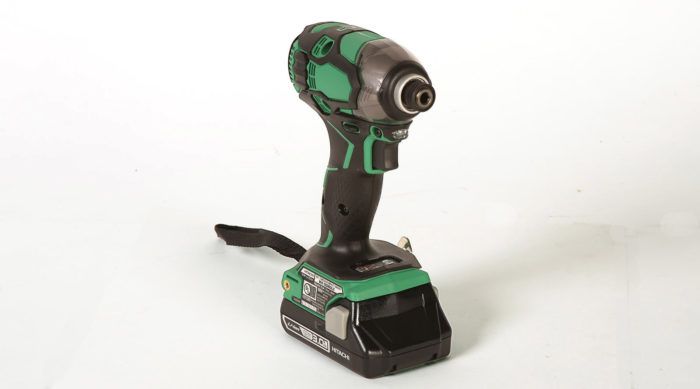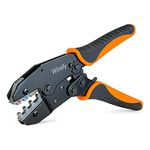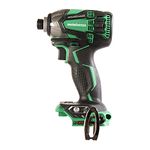What’s the Best Impact Driver?
Ten brushless impact drivers put through their paces.

Synopsis: In this Tool Test article, David Frane tests out 10 brushless impact drivers to gauge speed and power. He describes the features of a basic impact driver at a glance, and then compares the weight, price, speed, and power of 10 impact drivers from 10 different makers before naming the Best Overall and Best Value winners.
Few power tools have risen so far so fast as the cordless impact driver. A once obscure tool that’s now an indispensable part of most tool kits, impact drivers sink screws, tighten bolts, and, with the right bits, drill holes. For this article, I tested 10 impact drivers: eight 18v models and two 21.6v models. I included the higher-voltage tools because they are roughly the same size and price as the 18v models, differing only in the number of cells inside their battery packs. All of the drivers have brushless motors, which boost runtime and allow for a more compact design. I found that all the tools I tested can sink ordinary screws, but the best performers can drive large lags and structural screws quickly. The better tools are also smaller and lighter, so they can fit in tight spaces and result in less user fatigue.
How I tested
I used these tools during a remodeling project and ran them through a series of tests to gauge speed and power. Tests were performed in the knot-free portions of a dense Douglas-fir beam. I didn’t time-test short fasteners such as drywall screws because they drive too quickly to test with a stopwatch, and in everyday use I was unable to detect any difference in speed. The shortest fasteners I time-tested were #10 by 3-in. star-drive deck screws. After that, I drove 3/8-in. by 3-in. lags. In the final test, I drove 10-in. Timberlok structural screws. With all timed tests, I used fully charged high-capacity batteries, driving seven screws with each tool, throwing out the high and low numbers and averaging the rest.
I chose not to measure run time, because with modern batteries and brushless motors it’s easy to charge depleted batteries before a second battery is dead. I also didn’t measure loudness with a decibel meter, because to my ear all these tools generated about the same level of noise.
Top picks
The DeWalt, Hitachi, Makita, and Milwaukee impact drivers were at or near the top of every driving test, and you can’t go wrong with any of those tools. I give the Best Overall rating to the Hitachi: it’s small, light, and impressively powerful (pictured above). The other three are a very close second; they perform nearly as well as the Hitachi, and they come from cordless systems with a larger range of pro-accepted tools.
For those on tight budgets, the Best Value winner is the Ridgid. In the middle of the pack in terms of performance, it’s part of a system that offers high-capacity batteries and most other cordless tools a contractor or serious DIYer would want to own.
For a video review of all ten tools tested, click to see Senior Editor Patrick McCombe’s Tool Tech episode on these impact drivers.
Please click View PDF below for many more details, photos, and info on these tools.
Fine Homebuilding Recommended Products
Fine Homebuilding receives a commission for items purchased through links on this site, including Amazon Associates and other affiliate advertising programs.


Milwaukee Cordless Shop Vac (0880-20)

Metabo HPT Impact Driver (WH18DBDL2)



























View Comments
Not measuring run time leaves an enormous gap in ratings. If one tool lasts all morning, and the other needs changing out batteries three times, that factor is essential in knowing which tool to buy. People frequently have their second battery in another tool, going forth and back between drilling and driving, for instance, so the notion that there's always a charged battery standing by is mistaken.